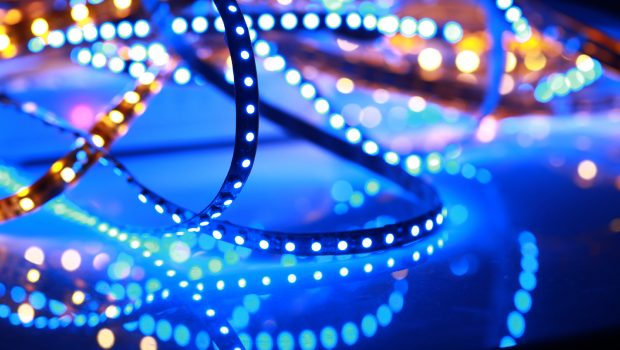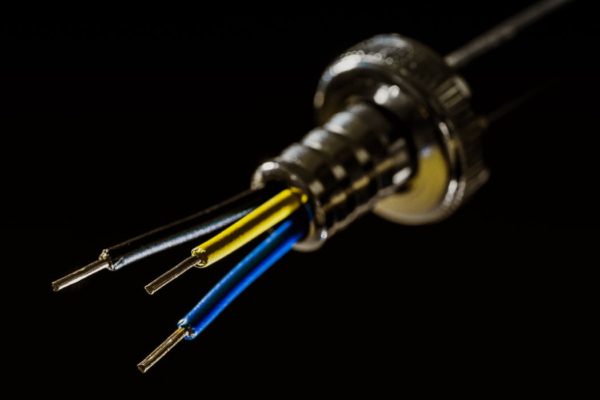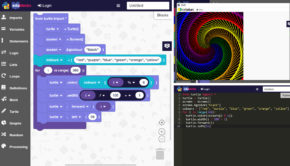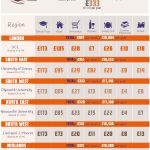Code the Lights on Your House for a Customized Look
Have you ever driven past impressively lit holiday homes and wondered how they synchronized their lighting displays? Some households use simple displays where others go all out with music. While some general computer and electrical knowledge help, you can learn how to power, manage, and create custom light displays with your computer.
Design Your Display
Before you choose a method, you should understand that each system you create might require the use of multiple channels. A channel works as the control of the powered lights. For example, one wreath would need one channel, so keep this in mind when designing and building your display as costs quickly add up.
Now that you understand channels, you can begin to design your display and decorate your yard. Think about the various types of lighting you wish to control first. Which type of light will go where? Will you add on accessories to your show like artificial Christmas wreaths? Your only limit is your budget so dream big and downscale as needed.
Types of Lighting Controls
Each lighting control system has pros and cons. The largest difference between them will be your knowledge of electrical wiring, soldering, and safety. Second is your cost factor and budget. Keep in mind that all three options allow you to customize your lighting displays, and no method is better than another is.
- DIY System—you make all the hardware yourself
- DIY Kit—you make some of your hardware, but you avoid high-voltage electricity and soldering.
- Readymade Kit—the hardware is ready to go as is
Depending on your knowledge of electrical work, you might find it simple to make your own controls. Many people choose this method because it allows for customizing every aspect for a largely reduced cost. However, for those with little to know practice with soldering or working with high-voltage electricity, it’s best to consult a professional electrician or select another option.
A DIY kit is a second option. A kit isn’t that much different from a ready-made type except they don’t come with a housing and they can also vary between companies. This method is helpful for those without extensive soldering knowledge and/or tools and for anyone who wishes to avoid high-voltage electricity. Still, you will need some skill and possibly guidance to piece the kit together.
A third option is to purchase channels that someone else has already put together for you. Consider this option the plug and play version of creating lighting displays. It is, however, the most costly out of each type; a built controller system starts at $25.00, and remember, you need one channel for each part of your display.
Choose Your Software
No matter what hardware method you choose to control your lights, you will need to download and install software. Most programs are free to low cost. Many of the free programs do require you to understand computer languages like Python.
Don’t fret if you’re unfamiliar with coding. You have options here too, such as hiring someone to write the code. Hiring this portion out can save you the headache of doing it yourself and learning code. Some people do share their coding and command prompts online. Teaching yourself coding is another option too.
Each software has its own requirements; what makes one type better than the other will largely depend on your needs, the system you chose, and your knowledge. Research until you find one that fits your needs.
Creating a custom light display can seem like a daunting task, but anyone with a computer, creativity, and time can do it. Many families join in and make it a group affair. For other families a hobby leads to more elaborate displays, lighting shows, and more. No project is too big or small. However, if you’ve never created a lighting display, you might wish to start small and gradually produce more elaborate shows.


















